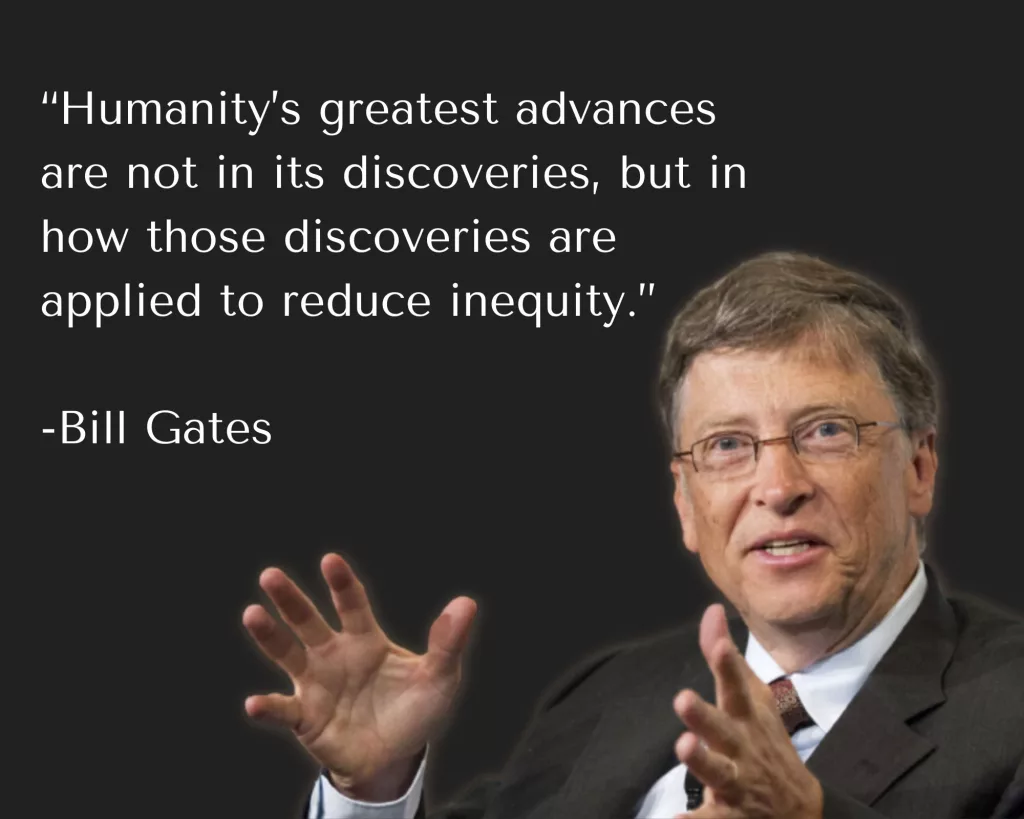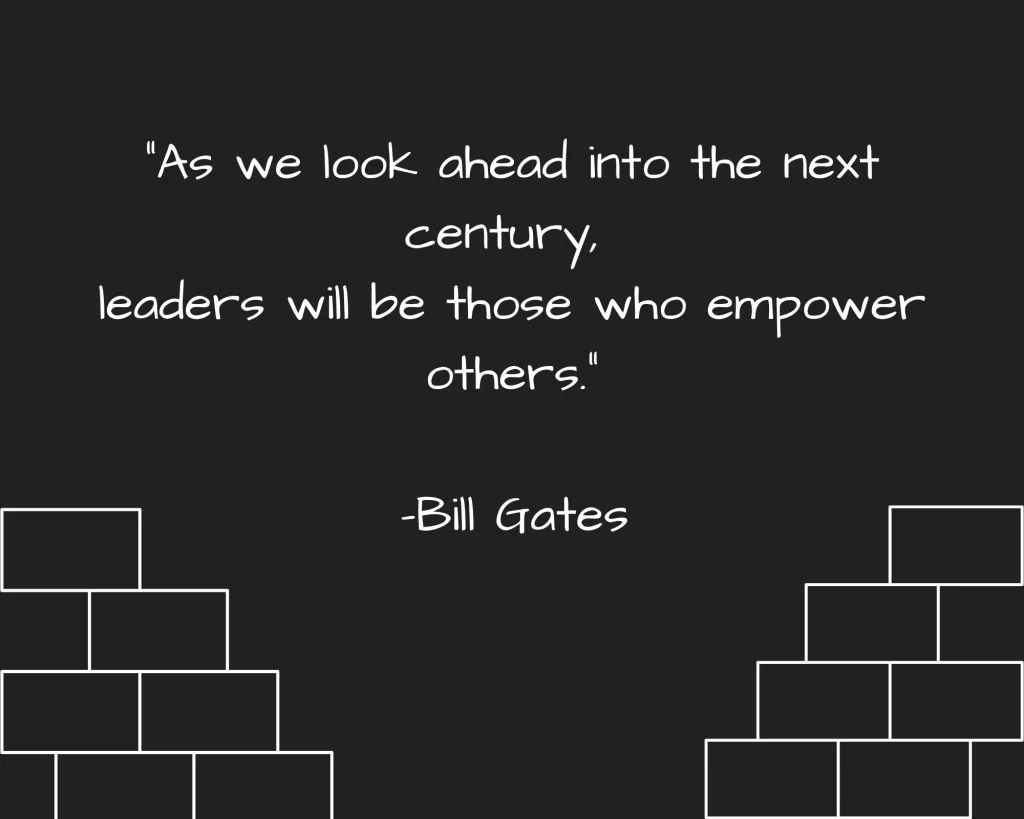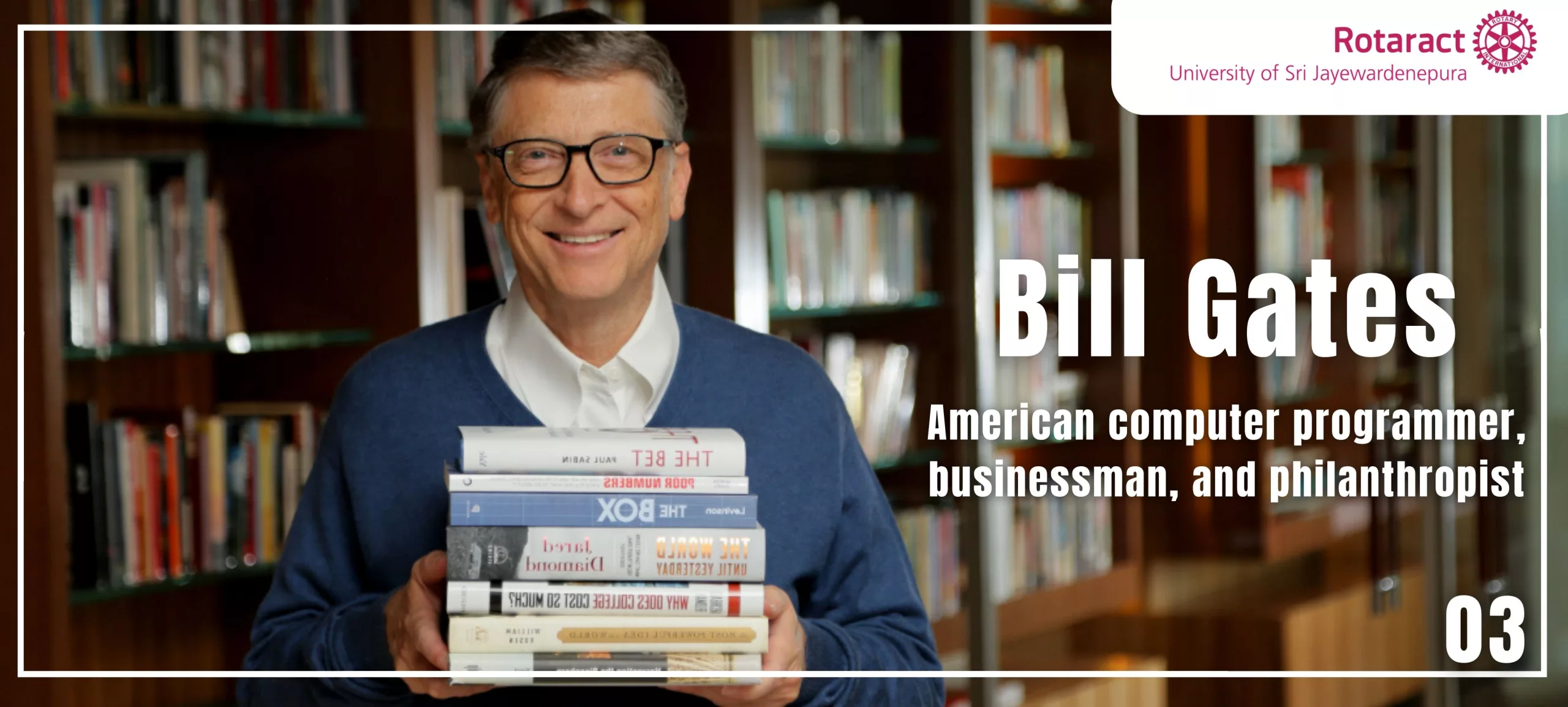Many famous stars and well-known personalities have dedicated themselves as volunteers and humanitarians to changing our world for the better. Last time we brought you the story of Oprah Winfrey – the “Queen of all Media” and today, we bring you the third incredible story of the series to inspire you with his life story.
Bill Gates, otherwise William Henry Gates III (born October 28, 1955, in Seattle, Washington, United States), is an American computer programmer and entrepreneur who co-founded Microsoft Corporation, the world’s largest personal computer software company. At the age of 13, Gates wrote his first software program. He helped form a group of programmers in high school who computerized their school’s payroll system and founded Traf-O-Data, a company that sold traffic-counting systems to local governments.
In 1975, while still a sophomore at Harvard, Gates collaborated with his hometown friend Paul G. Allen to create software for the first microcomputers. They started by porting BASIC, a popular programming language for large computers, to microcomputers. With the success of this project, Gates left Harvard during his junior year and co-founded Microsoft with Allen.

When Microsoft licensed an operating system called MS-DOS to International Business Machines Corporation, then the world’s largest computer supplier and industry pacesetter, for use on its first microcomputer, the IBM PC, Gates’ sway over the infant microcomputer industry grew significantly (personal computer).
Following the machine’s release in 1981, IBM quickly established the technical standard for the PC industry, and MS-DOS effectively eliminated competing operating systems. While Microsoft’s independence strained relations with IBM, Gates skilfully manipulated the larger corporation into relying on him indefinitely for critical software. He had established himself as the undisputed ruler of the PC industry by the early 1990s.
Beginning in 1995 and 1996, Gates refocused Microsoft on the development of consumer and enterprise software solutions for the Internet, created the Windows CE operating system platform for networking non-computer devices such as home televisions and personal digital assistants, established the Microsoft Network to compete with America Online and other Internet providers, and acquired the massive Bettmann photo archives and other co-productions through Gates’ company Corbis.

Gates is also well known for his charitable work apart from his work at Microsoft. In 1994, he founded the William H. Gates Foundation (renamed the Bill & Melinda Gates Foundation in 1999) with his then-wife, Melinda, to fund global health programs as well as projects in the Pacific Northwest. The couple also supported North American libraries through the Gates Library Foundation (renamed the Gates Learning Foundation in 1999) and raised funds for minority study grants through the Gates Millennium Scholars program in the late 1990s. Warren Buffett announced an ongoing gift to the foundation in June 2006, which would allow its assets to reach $60 billion over the next 20 years. He is also actively engaged in movements dedicated to eradicating Polio from the world.
At the turn of the twenty-first century, the foundation continued to focus on global health and development as well as community and education causes in the United States. After a brief transition period, Gates relinquished day-to-day oversight of Microsoft in June 2008, though he remained chairman of the board, to devote more time to the Bill & Melinda Gates Foundation. He stepped down as chairman in February 2014 but remained a board member until 2020.

When it comes to leadership styles, Bill Gates is an intriguing case study. He is the opposite of what one would expect of a leader. He dropped out of school, followed a dream, and took risks based on his own knowledge and creativity rather than what others had taught him. For Gates, those risks paid off well. He frequently trades places with Jeff Bezos, the world’s richest person.
His leadership style is consistent with the characteristics of a transformational leader. That is because he followed a strong vision and was passionate about the work he was doing, and that emotion helped to energize those who would begin to follow him.
Bill Gates emphasized transformational leadership because it was his natural style. He could adapt to other types of leadership as needed, but his time at Microsoft was dominated by this style of leadership.
It remains to be seen whether Gates’ extraordinary success ensures him a permanent place in the pantheon of great Americans. Historians are likely to regard him as a business figure as important to computers as John D. Rockefeller was to oil. In his 1995 best-selling book The Road Ahead, Gates observed, “Success is a lousy teacher.” It tricks intelligent people into believing they can’t lose. So, we as Rotaractors have immense lessons to learn from his life story, to follow our dreams and make those dreams come true while uplifting the lives of those around us.
Written by: Imesha Udawatta
Graphic design by: Rtr. Malithi Fernando



0 Comments